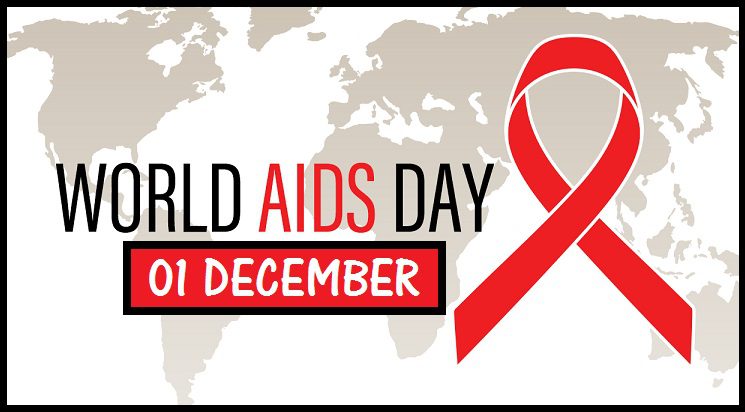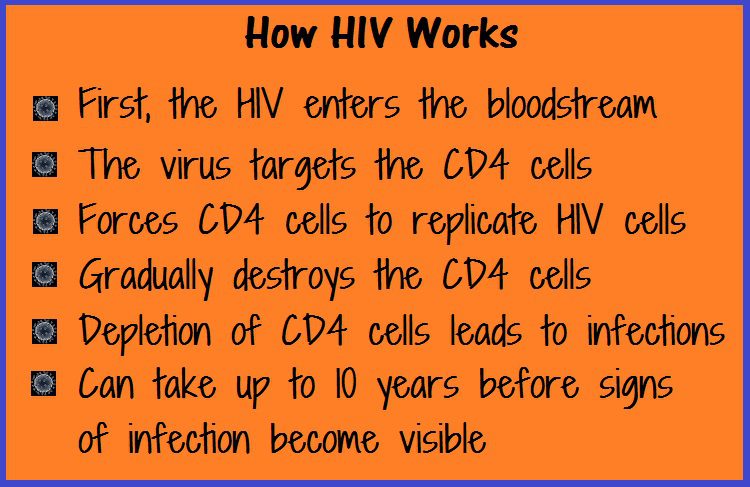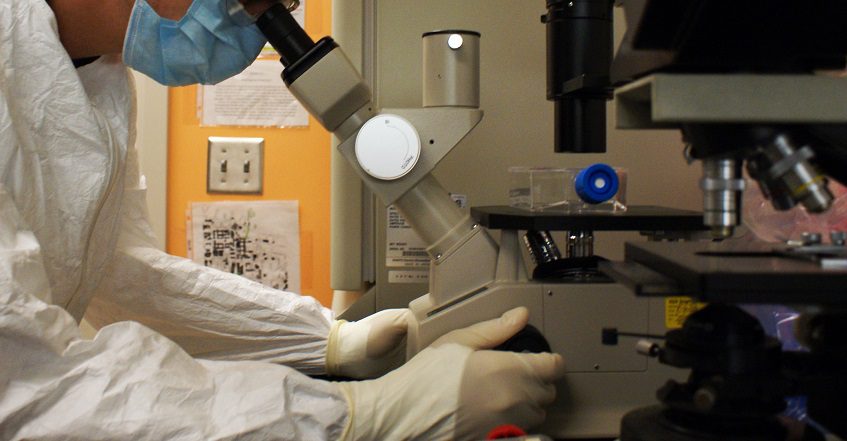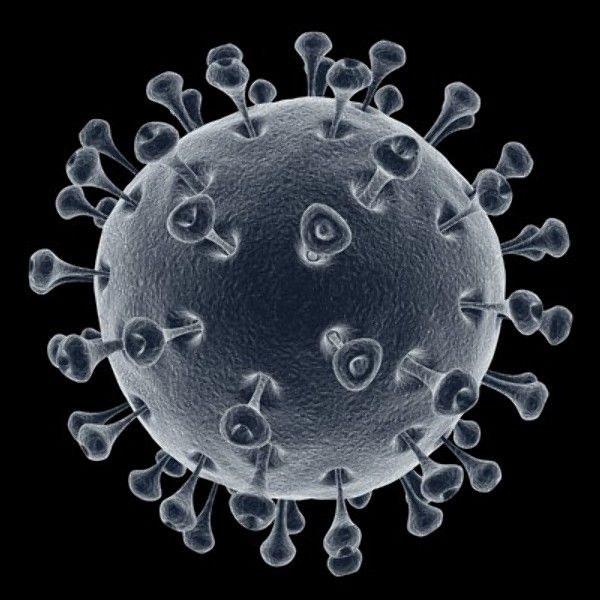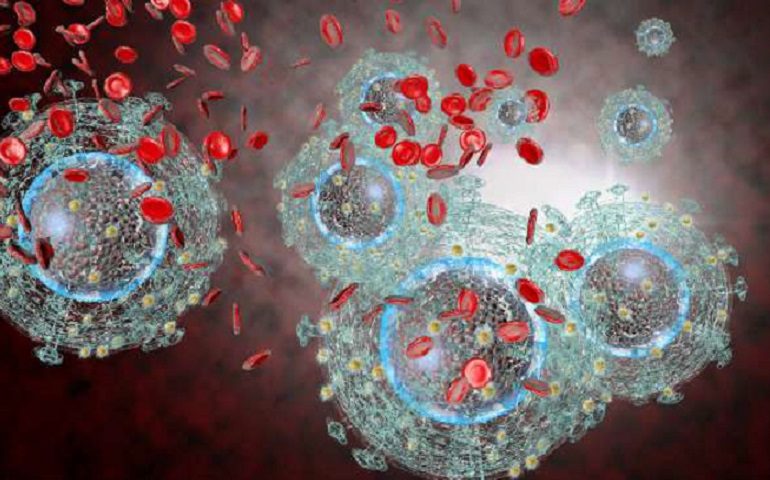World AIDS Day, launched on December 1, 1988, is an effort to raise awareness about AIDS and condole the millions that died of the disease. Although there have been tremendous efforts to combat HIV/AIDS worldwide, HIV still remains a veritable health challenge. People across the world battle HIV every day. Many succumb to it and many more continue to be infected. HIV vaccines and antiretroviral drugs have kept the virus on a tight leash, but a cure is still elusive.
Though HIV and AIDS are spoken of in the same breath, they are different. HIV is a recalcitrant virus while AIDS is a condition that arises when HIV gets out of hand. The immune system is compromised- that’s why HIV is called Human Immunodeficiency Virus. Let’s look at the immune system and see how this virus attacks it.
What Your Immune System Does
A network of cells, tissues, and organs working in cohesion make up the immune system. When the immune system is threatened, it goes into defense mode. This keeps viruses and bacteria at bay. When infectious organisms enter the body, the immune system destroys them. Ordinarily, this is a pretty foolproof mechanism against day-to-day viruses. However, HIV is strong and stubborn and penetrates this defense.
HIV and How it Works
HIV or Human Immunodeficiency Virus is a retrovirus- meaning that it carries only a single-stranded RNA as its genetic material. This is unlike the double-stranded DNA that human cells carry. HIV primarily attacks a particular type of white blood cells- CD4. These cells are vital for the good health of the immune system. When the virus transfers genetic material into these immune cells, it forces them to replicate the virus. Ironically, the very cells that form the body’s defense begin to replicate the deadly HIV virus.
CD4 cells are called T-lymphocytes, T-cells or just helper cells. When these gradually deplete, the body becomes vulnerable to infections of all types.
What is AIDS?
AIDS is a medical condition caused by the HIV. Antiretroviral drugs are used to treat HIV, but these neither effect a cure nor kill the virus. They merely help to slow down the pace of the disease and sometimes help retard the growth of the virus. Left untreated, HIV progresses to the final stage of infection- AIDS. Thus, a person who contracts HIV need not necessarily get AIDS.
Why HIV Research is a Challenge
HIV cure research has been going on for more than three decades. A long time this, but scientists are yet to find a cure for it. However, they have had limited success. They have been able to keep a handle on the levels of HIV virus in the body.
Yet, there are many challenges on the way-
- HIV is a strong virus that uses the immune system itself to multiply and proliferate. The harder the immune system tries to come to grips with the virus, the faster the virus replicates. In the absence of treatment, the virus replicates profusely, remaining in control always.
- HIV is generally diagnosed with the help of antibodies present in the saliva or blood. These antibodies take a long time to develop- sometimes more than 3 months. This causes a delay in treatment. Testing for the HIV antigen (a protein) though is much quicker. Antigens appear within 3 weeks of infection
- When the HIV virus attacks the CD4 cells, some of the cells tend to become dormant. When that happens, the infected cells go into hiding. This “Latent Reservoir” of HIV remains inactive and out of sight. HIV drugs cannot attack what they don’t see and what they cannot find. The trouble is that the virus can surge back any time to its active state and cause a full-scale infection
- The HIV virus also attacks uninfected immune system cells. This further damages an already weakened immune system
Limitations of HIV therapy
- Early detection of HIV is not always possible. Further, rigorous treatment regimens that are hard to adhere to act as a stumbling block
- Traditional methods for monitoring HIV are expensive. These are not suitable for people in developing countries with little access to medical care
Small Breakthroughs
In an article, Honor Whiteman indicates that HIV therapy can become less challenging. If approved, treatment will be reduced to just a pill a week as against a combination of drugs that have to be taken once or twice daily. The capsule reportedly works on ‘sustained release’ of antiretroviral drugs taken over a whole week. ‘Less the medication, greater the adherence’.
A recent article appearing in the Journal of Immunology talks about HIV Latency, which connects not only with dormant cells but also with growing cells. This will hopefully pave the way to overcome latency completely as growing cells are visible to drugs and medications.
Drug Trials-New Hope on the HIV Frontier
Zion Medical is all agog with its synthetic trial peptide drug. This peptide drug, in combination with other drugs, has reduced HIV levels by 99 percent!! That too, just after five weeks of treatment. There’s more good news- the drug apparently lacks side-effects. It also increases the volume of T-cells in a patient. T-Cells are an indicator of a healthy immune system. The first phase trial drug was also effective in killing infected cells!! The II phase trial is on its way and will aim to discover what the long-term effects of the drug are.
The French company Abivax is conducting trials of its small molecule that promises to attack the elusive HIV Latent Reservoir. The Spanish company Aelix and Gilead are on their way to developing a vaccine that could reduce the HIV Reservoir. Sangamo is working to try to make immune cells resistant to HIV infection.
HIV Testing is to become more affordable. According to Hadi Shafiee, Ph.D., a low-cost cellphone system is in the offing to help detect HIV. Testing is quick, and monitoring could also become more efficient.
Alternative Therapy
Yes, Antiretroviral therapy has done a lot and changed the lives of millions of HIV sufferers across the globe. Alternative therapy has picked up steam and works alongside traditional medicine. Yoga and massage therapy appear to benefit overall health and reduce depression. Acupuncture counters the side-effects of drug therapy, while meditation helps to cope with heightened anxiety levels in HIV patients. Herbal treatments and supplements are coming to the fore. Much is happening at the same time, but caution should prevail. The various treatments should not turn out to be at cross purposes with each other.
In conclusion, HIV research has come a long way, but HIV is a tough nut to crack. As we celebrate another World AIDS Day on December 1, 2018, we seem to have edged just a mite closer to a cure. Research is promising, but whether the goal to find a cure before 2020 will become a reality is a question mark.


